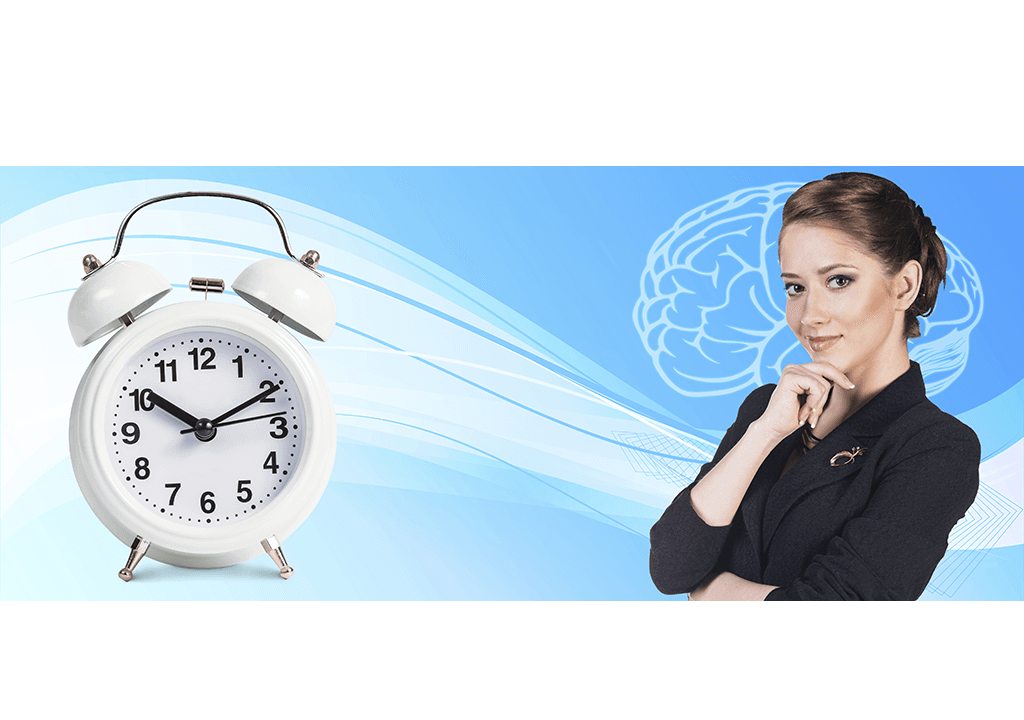This is the third in a three-part series on chronic pain and suffering. In part 1 we discussed physical pains affecting bones, joints and muscles. Part 2 covered chemical-induced pain, often in organs and organ systems. The final part deals with emotional and mental stress—probably the most overlooked or misunderstood cause of chronic pain.
Emotional pain and suffering includes altered mental states such as depression, anxiety, bipolar, and fatigue, but can also present as muscle weakness, hypersensitivity, and hyposensitivity (lack of feeling, or disconnect).
Milder forms of emotion-induced pain and stress includes poor concentration, lack of confidence, feeling overwhelmed, negativity, and difficulty with social interactions. Emotional stress is insidious in that it affects the magnitude to which you feel any pain in the body. Damage to a body part can determine the type of pain or dysfunction you may experience, but emotional stress often determines whether or not you feel the pain, and how severe the pain is perceived.
At the core of it, emotional distress is the perception of not being able to handle life’s situations, or sometimes life itself. It’s a learned response—often from a young age—on how to perceive certain people, behaviours, and situations. Often called, “limiting beliefs,” these perceptions colour how a person thinks they must think, act, and be. Examples include a physically abused child who goes on to bully other children, veterans who suffer post-traumatic-stress disorder being hyper-vigilant and unable to relax, and even poverty-stricken parents extolling the evils of money.





